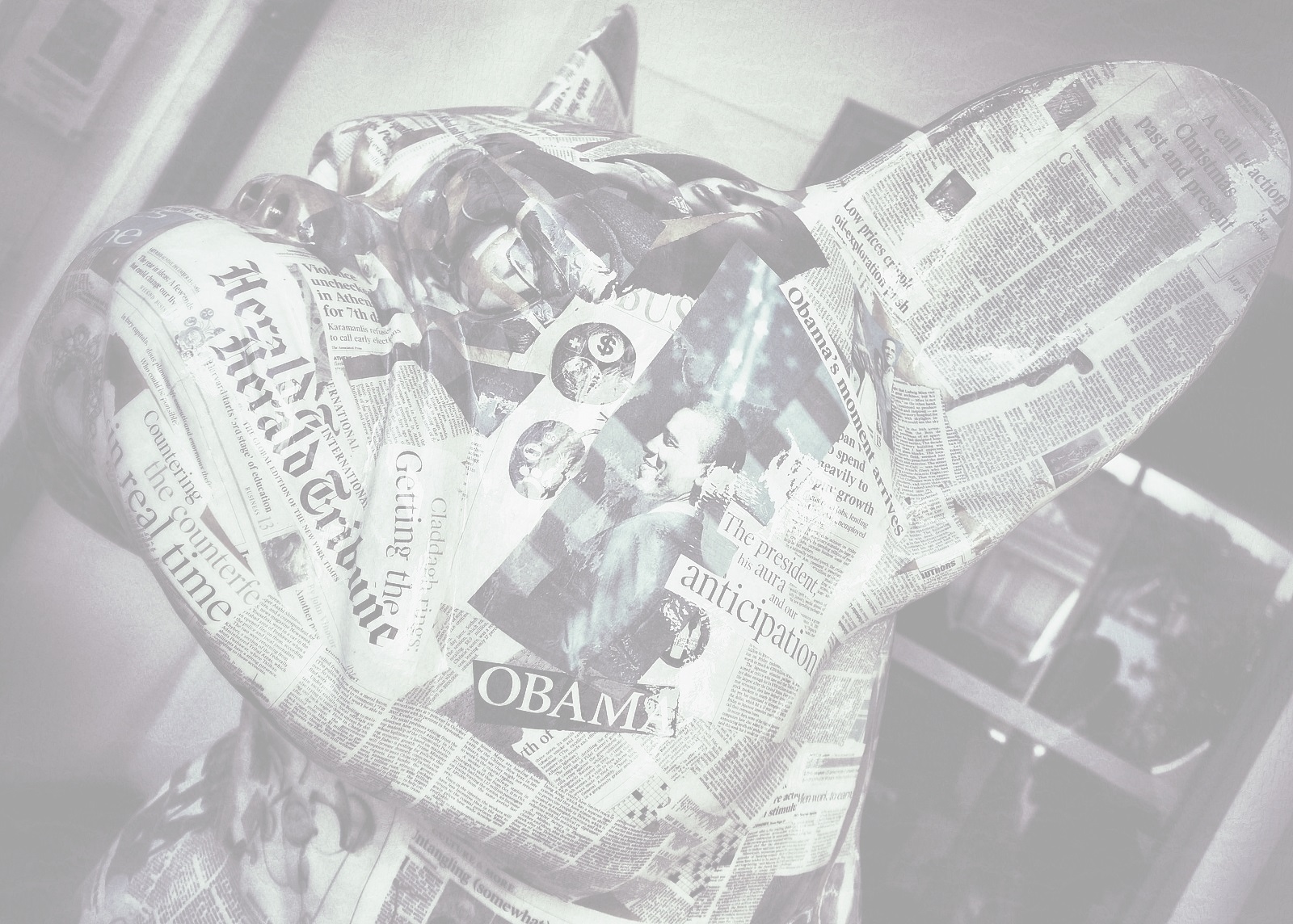Discourse Analysis of Other Values and Aspects
In The Discourse of News Values we distinguish news values from moral-ethical values (e.g. truth, impartiality, honesty) and commercial values (e.g. speed, access via multiple platforms) and from aspects of the news process such as ‘competition’ (among news institutions for scoops; Bell 1991: 159) or ‘continuity’ (once a story appears as news it continues as news; Bell 1991: 159). We do not consider these as news values, as we use the term in a more narrow sense in our book (referring to ‘newsworthiness values’).
However, even though they are best not labelled news values, we can nevertheless use (multimodal) discourse analysis to investigate such aspects. For instance, ‘competition’ can be seen in newspapers’ labelling their stories as exclusive (Bednarek 2006: 105). It is also possible to analyse marketing and publicity material for how news organisations create value for themselves through how they reference or invoke moral-ethical and commercial values (Bednarek and Caple 2015). Further, labels that are used in broadcast news to refer to a news organisation’s own journalist (e.g. our crime correspondent Paul Reynolds; ABC’s chief business correspondent Rebecca Jarvis) confer expertise to the journalist but also value to the news organisation by ‘establishing it as a trustworthy and authoritative organisation that employs such “specialists”’ (Bednarek 2016: 35). The establishment of value for a news organisation can itself be discussed with respect to Bell’s (1991) concept of ‘competition’.
To offer an additional example here, self-references may at times simultaneously confer value to the news organisation (‘competition’) and create a link to previous coverage (‘continuity’), as shown in Figure 1 (see arrows).

In Figure 1, a conventionalised caption template that includes a self-reference (How self-referring NEWSPAPER NAME reported the story TIME) accompanies a visual representation of a snippet from the referenced story (‘Student visas become passports to sex). The second paragraph also contains self-references (A Fairfax Media investigation last week revealed) and more are present in the rest of the story (Responding to last week’s report; Fairfax Media has identified). The verbal and verbal-visual self-references here provide both continuity to the reader but also present Fairfax Media (and by extension The Sun-Herald) positively as actively undertaking investigative journalism. Readers are also encouraged to email Fairfax Media, as they continue their investigation (‘Do you know more? eduff@fairfaxmedia.com.au). This is by no means an isolated case: Further examples of how self-references in newspapers can create value for a news organization are presented in Marchi’s (2013) analysis of The Guardian. The creation of value is thus clearly worthy of further investigation by discourse analysts.
References
Bednarek, M. (2006). Evaluation in Media Discourse. Analysis of a Newspaper Corpus. London/New York: Continuum.
Bednarek, M. (2016) Voices and values in the news: News media talk, news values and attribution. Discourse, Context & Media 11: 27-37.
Bednarek, M. and Caple, H. (2015). ‘Promotional videos: What do they tell us about the value of news?’ In R. Piazza, L. Haarman and A. Caborn (Eds.). Values and Choices in Television Discourse, 5-30. Basingstoke/New York: Palgrave Macmillan.
Bell, A. (1991). The Language of News Media. Oxford: Blackwell.
Marchi, A. (2013). The Guardian on Journalism. A Corpus-assisted Discourse Study of Self-reflexivity. PhD Thesis, University of Lancaster, UK.
How to cite this page:
Caple, H. and Bednarek, M. (2017) ‘Discourse analysis of other values and aspects’. Discursive News Values Analysis (DNVA). http://www.newsvaluesanalysis.com/our-book/extensions/discourse-analysis-of-other-values/
